In pictures: Scots enjoy the seaside, now and then
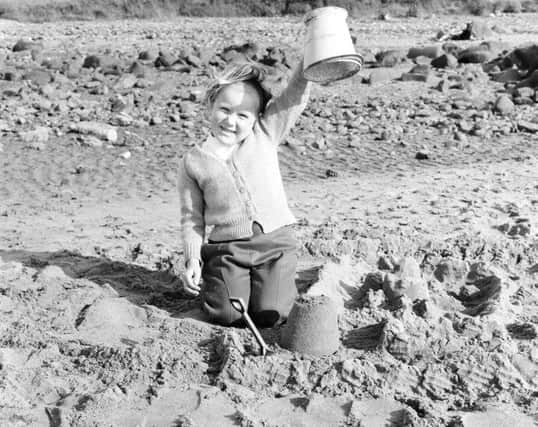

So when prolonged periods of sunshine find their way north of the border there’s a collective will to make the most of it.
With no settlement in Scotland more than 50 miles from the coast it’s little surprise a trip to the seaside has been a popular activity for generations.
Advertisement
Hide AdAdvertisement
Hide AdEach corner of the nation has its favoured sands. Glaswegians have long travelled to Ayr, Rothesay and Millport, while residents in Edinburgh and the Lothians favour Portobello, Cramond and Gullane.
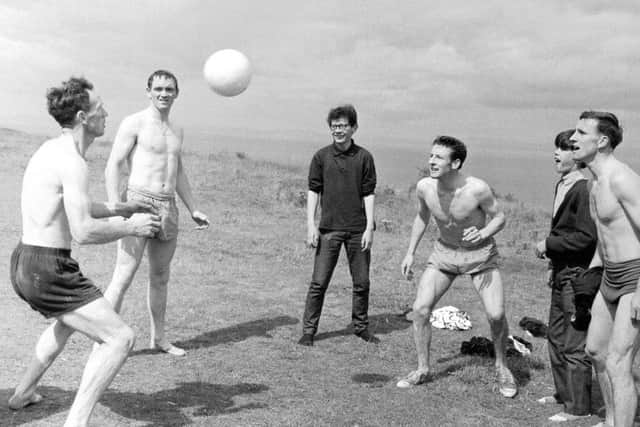

Across the Forth, Victorians first fell in love with the Fife Riveria centred around the beaches at Aberdour, Burntisland and Kinghorn.
In an age of budget air travel and weekend city breaks, the glory days of Scotland’s seaside resorts may be over but they can still pack in numbers whenever the mercury rises.
Marine recreation and tourism expenditure is worth an estimated £3.7bn a year, according to VisitScotland.
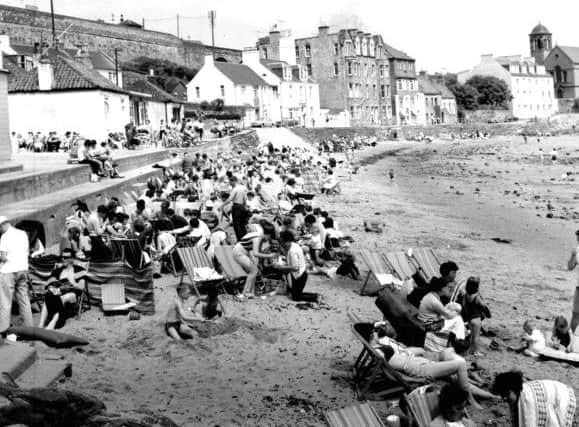

Last month, the Scottish Environment Protection Agency revealed 80 per cent of Scottish beaches passed its standard as “excellent”, “good” or “sufficient”.
Water quality at 17 Scottish beaches was classed as “excellent” against under stricter European standards.
Among those to be ranked as the best in the country were Silversands in Aberdour, Broughty Ferry, Gullane, and Pease Bay in Berwickshire.
Advertisement
Hide AdAdvertisement
Hide AdIt was the coming of the railways in the mid-18th century that transformed small fishing villages and coastal market towns into thriving seaside resorts.
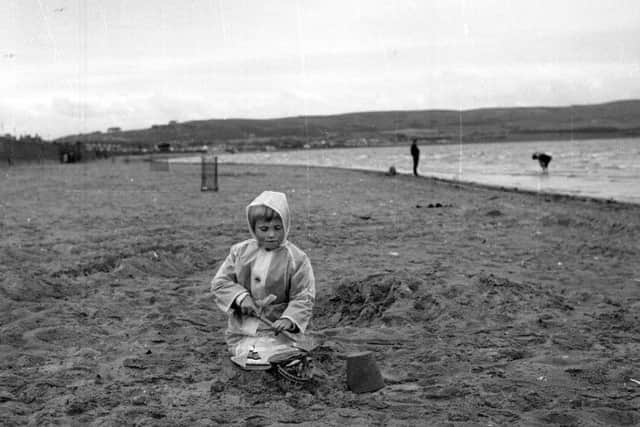

Rail travel allowed the growing urban population to make day trips from places like Glasgow to the beaches of the Ayrshire coast.
The opening of Portobello station in 1846 transformed the former brugh on Edinburgh’s north-eastern fringe.
Its expansive beach had been used for drill practice by the Edinburgh Light Horse regiment, but instead it was now welcoming thousands of daytrippers.
By the time Portobello was absorbed into Edinburgh in 1896, its tourist infrastructure was in place and the new suburb had become a recognised resort.
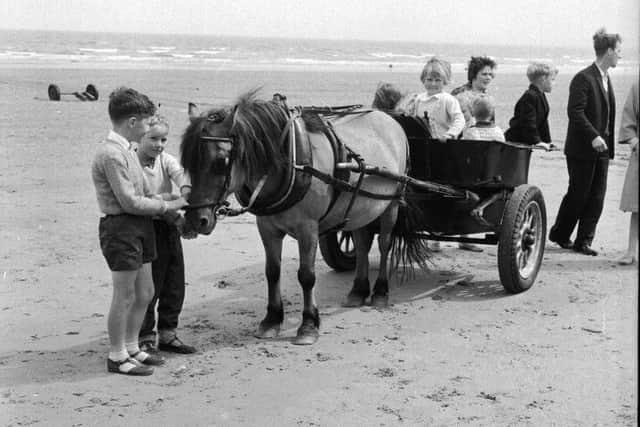

The most famous of its seaside attractions was the open-air pool.
Built in 1936, the Art Deco-style complex was the first in Scotland to feature an artificial wave machine and remained the largest pool in Edinburgh until the opening of the Commonwealth Pool in 1970.
Advertisement
Hide AdAdvertisement
Hide AdThe baths were heated by Portobello Power Station - its closure in 1977 spelled the end for the pool. Its last summer season was 1979 and the site was reluctantly cleared in 1988.
While it’s tempting to view seaside holidays as belonging to a by-gone age, other Scots coastal resorts are seeing increasing numbers of visitors.
Gullane was named in August last year as one of the fastest growing tourist hotspots in the UK by Holidaylettings.co.uk – an offshoot of TripAdvisor.
Its report waxed lyrical about the village’s “award-winning beach in a natural cove surrounded by dunes and untouched greenery – full of rare wildlife.”
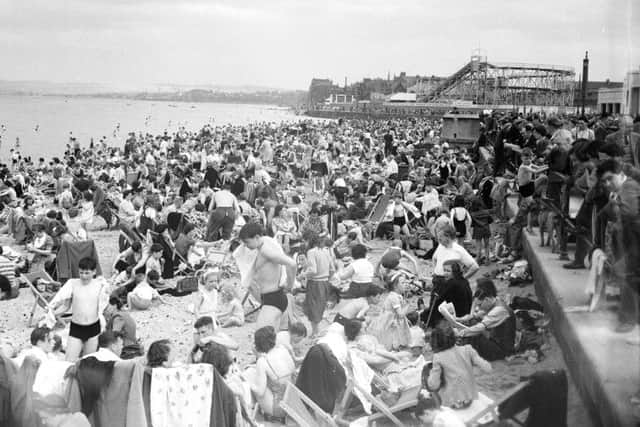

Gullane has seen a 62 per cent year-on-year boost in its online TripAdvisor profile – with more traffic and reviews than ever before.
Councillor John McMillan of East Lothian Council said at the time: “We have set out to be Scotland’s leading coastal, leisure and food and drink destination, and I think we can probably claim that title.”
